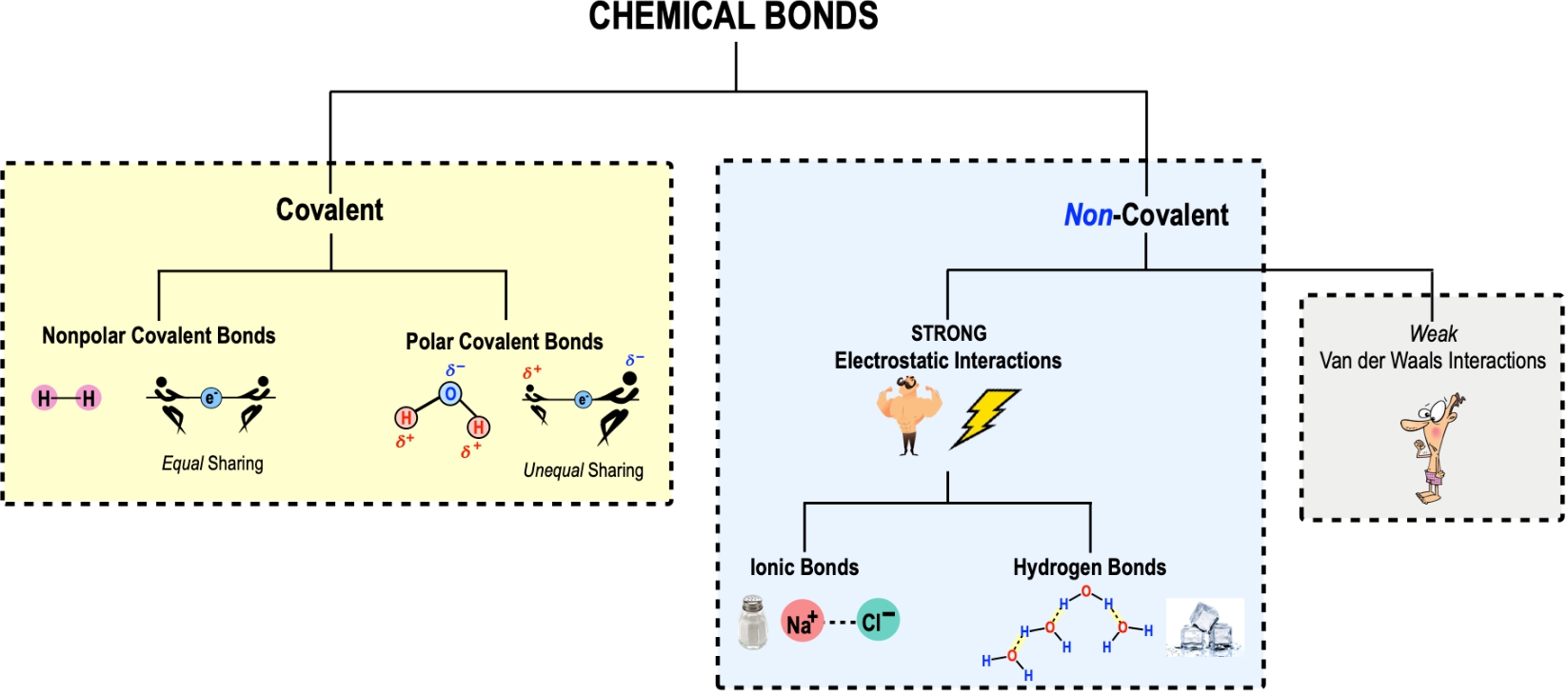In this video, we're going to begin our introduction to chemical bonding. Chemical bonds are defined as attractive forces between atoms that hold those atoms together to form either molecules or compounds. The term "molecules" is very broad and refers to any substance that contains greater than or equal to 2 chemically bound atoms. These atoms could be of different elements or could be of the same element. For example, O2 is an example of a molecule which is oxygen gas. If we take a look at our image on the left-hand side, notice that we're showing you oxygen gas which can be represented in different formats. Oxygen gas occurs when you have 2 oxygen atoms that are chemically bound to each other. Since there are at least 2 atoms that are bound to each other, this makes oxygen gas an example of a molecule. There are all different types of molecules, and as shown in this image, you can see how oxygen gas is taken from the atmosphere and breathed into our lungs. We'll talk more about that process later in our course.
To distinguish these compounds from molecules, it's important to note that compounds, as their name implies with the "comp" part here, are a bit more complicated. This is because they have at least 2 different elements. Molecules have at least 2 chemically bound atoms. It doesn't matter if those atoms are of the same element or if they're of different elements. If it has at least 2 chemically bound atoms then it will be a molecule. Compounds, on the other hand are a specific type of molecule composed of at least 2 different elements. For example, water is an example of a compound because it includes the elements hydrogen and oxygen, whereas O2 does not have 2 different elements, it only has 2 atoms of the same element. So, oxygen gas is not a compound even though it is a molecule; but water is both a molecule and a compound because it meets both of these requirements.
Another example of a compound is glucose. You'll need to know about glucose later in our course but it's good to start familiarizing yourself with this compound here. Glucose is a compound because it has elements like oxygen, carbon, and hydrogen distributed throughout its structure. This compound has at least 2 different elements, which qualifies it as a compound. Glucose is a sugar found in many forms of life and mixtures, such as in honey.
The last idea you should know is the concept of the chemical formula, which reveals both the number and type of atoms in a molecule or compound. An example of a chemical formula is C6H12O6, which is the chemical formula for glucose. Writing down C6H12O6 is much faster than drawing out its entire structure. Chemical formulas are extremely useful for quickly reporting the structures of compounds. Notice that the glucose chemical formula indicates that there are 6 carbon atoms, 12 hydrogen atoms, and 6 oxygen atoms. Another example of a chemical formula is H2O, which is the chemical formula for water. This concludes our introduction to chemical bonds and how they form molecules and compounds. Moving forward, we'll discuss many different types of chemical bonds. I'll see you all in our next video.



